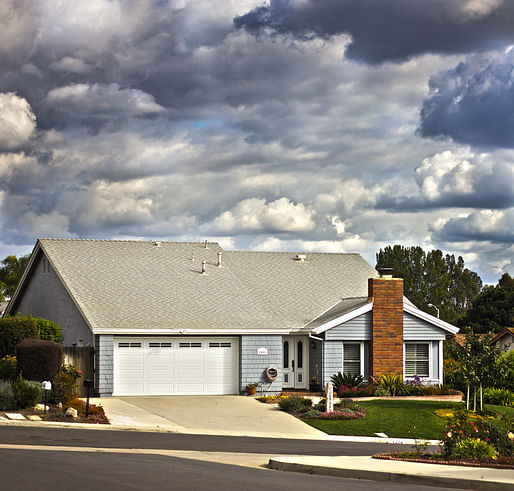

It's no secret that America has an unhealthy obsession with size, whether it be food portions or cars, and houses are no different.
The long-running trend runs deeper than the McMansion typology many Americans are familiar, according to Professor Sonia A. Hirt. In a recent study, Hirt uncovered data regarding average housing sizes that helps breakdown American homes and its obsession with size. A professor of landscape architecture and planning at the University of Georgia, Hirt explains America's "average" housing size isn't merely tied to the larger than average lot size prevalent in the United States.
In her research, Hirt gathered data from other countries like Australia, Demark, Canada, and New Zealand to compare with home sizes in America. She shares with Joe Pinsker of The Atlantic, "Even in the absence of a uniform, universal system of measurement, America is in the top tier, globally, when it comes to the size of its citizens' living spaces. The country attained this status in the past half-century or so as a result of its peculiar history, culture, and economics."
Hirt also measures America's attraction to novelty and "newness," interests that run counter to those in areas like Europe, where people "tend to be more content recycling [buildings] and therefore living within the spatial parameters of the past." However, since cities in Europe were established earlier than American cities, it's plausible to see why American communities developed the way that they did during the post-war era, especially with the rise of the automobile.
In reality, according to Hirst's breakdown, several factors come into play when searching for the true origin of America's obsession with large homes. However, despite the prevalence of land-use regulations and government policies that make larger and larger homes easier to build and profit from, America's cultural vision of itself also seems to help sustain this "bigger is better" ideology.
“American culture, to begin with, is unusually spacious, in the sense that people think of space as part of American culture … it isn’t part of the French or British cultural experience,” Hirt said. “This is partially part of the American promise—that you can have more room.”
No Comments
Block this user
Are you sure you want to block this user and hide all related comments throughout the site?
Archinect
This is your first comment on Archinect. Your comment will be visible once approved.